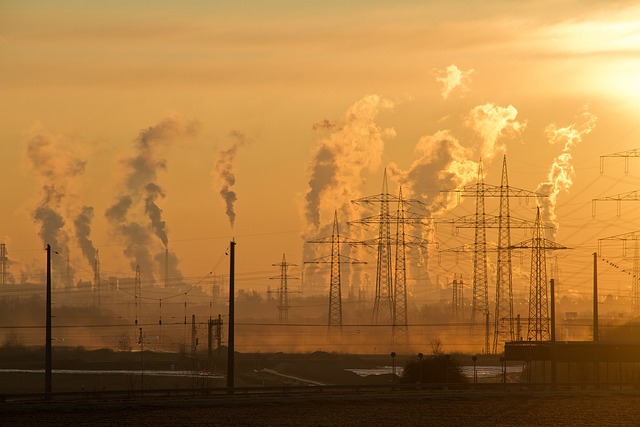Unearthing the Link: Groundwater Pollution in Desertification – A Climate Change Crisis
The vast stretches of arid landscapes, once teeming with life, are now losing their vitality as desertification takes hold. But beyond the visible dry land, a silent and insidious threat lurks beneath our feet: groundwater pollution. As our climates change and environmental stress intensifies, understanding the connection between groundwater pollution and desertification becomes crucial in our fight against this escalating crisis.
Desertification, often seen as a gradual transformation of fertile land into barren landscapes, is not just an environmental issue. It represents a poignant intersection of human life, livelihoods, and the urgent necessity for water. Who among us hasn’t felt a twinge of worry as we consider the future availability of clean, drinkable water? The reality is that groundwater, which supplies over 2 billion people with their drinking water, is increasingly under threat from pollution exacerbated by climate change.
As we face rising temperatures and unpredictable weather patterns, the delicate balance of ecosystems begins to unravel. Rainfall becomes erratic, leading to reduced soil moisture and extremely dry conditions. In such circumstances, the areas previously rich in biodiversity face unprecedented levels of stress — soil degradation, loss of vegetation, and ultimately, the stark encroachment of deserts. This transformation doesn’t just harm the environment; it leads to diminished crop yields and food scarcity, affecting the very communities that depend on these resources.
But groundwater pollution deepens this crisis. Contaminants from agricultural runoff, industrial spills, and improper waste disposal seep into our aquifers, poisoning the lifeblood of arid regions. Ironically, as desertification spreads, the dire need for groundwater increases. Yet, access to clean water becomes more compromised, leading to dire consequences for health, agriculture, and ultimately, the very fabric of society in these already vulnerable areas.
Moreover, with the increasing aridity brought on by climate change, the evaporation rates rise, concentrating pollutants in the remaining water sources. For communities that find themselves in this dual bind of worsening climate conditions and polluted groundwater, the situation becomes desperate. In some areas, the options to restore or remediate polluted groundwater are limited, making sustainable management and protection of our remaining resources all the more critical.
As we navigate through this climate crisis, we must recognize that addressing groundwater pollution is not just an isolated battle, but a vital part of combating desertification. To foster resilience in affected regions, it begins with understanding the intricate connections between climate, environment, and the water that sustains us. Innovative practices in agriculture, better waste management, and more sustainable water usage can all contribute to breaking this vicious cycle.
As stewards of the planet, it is imperative that we acknowledge the gravity of groundwater pollution in the context of desertification and climate change. Our collective actions today will dictate the availability of clean water tomorrow, for us and for future generations. We must prioritize awareness, education, and sustainable practices to ensure that we do not unearth deeper crises in our quest for survival.


